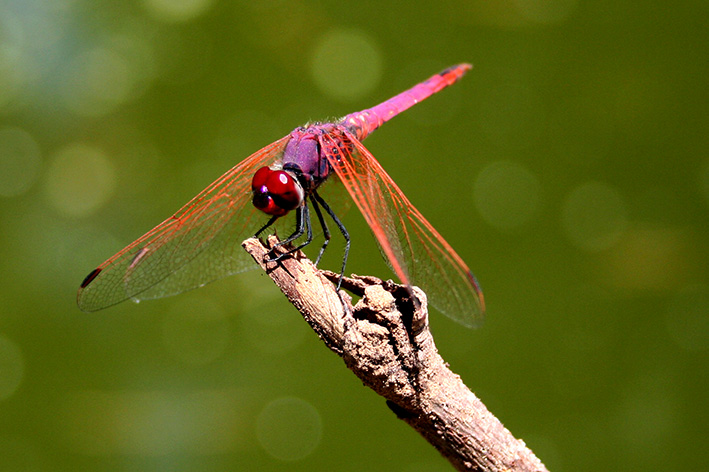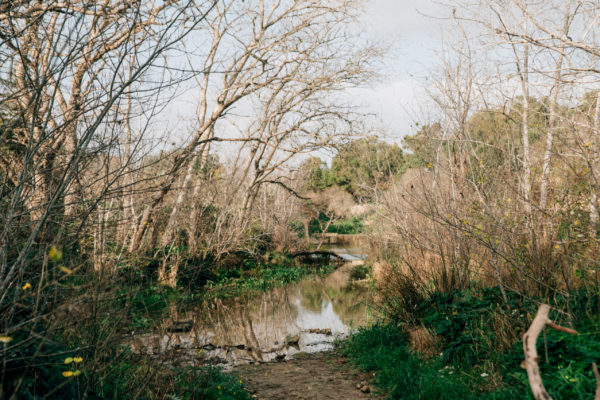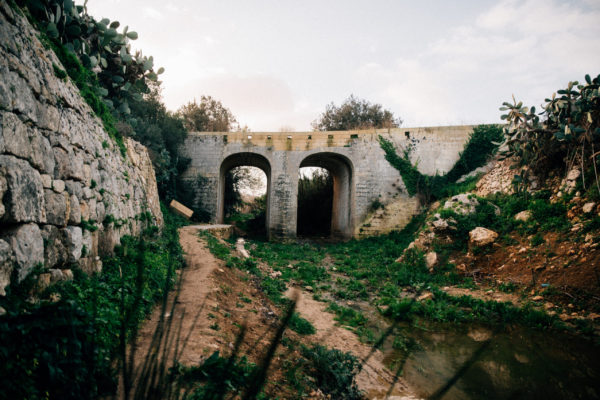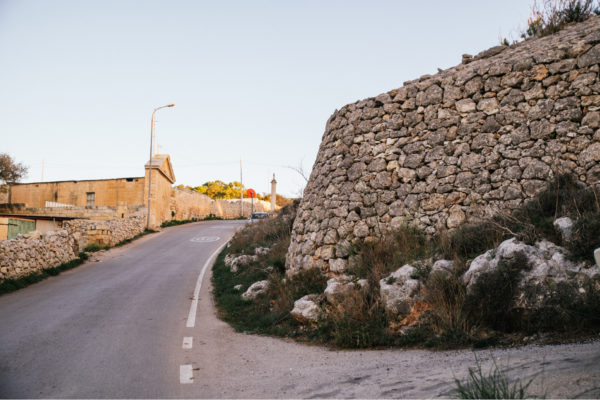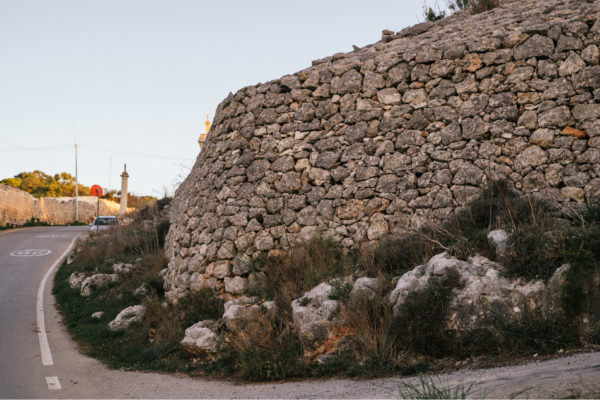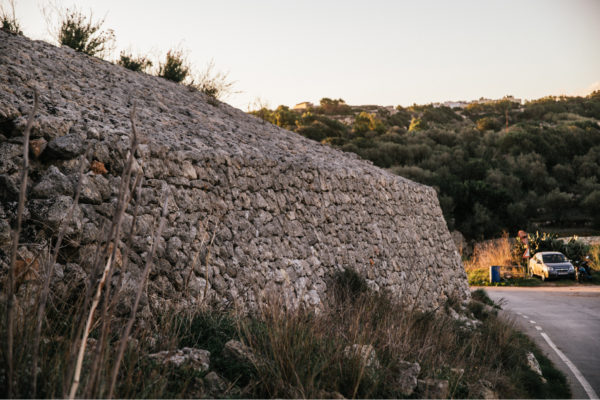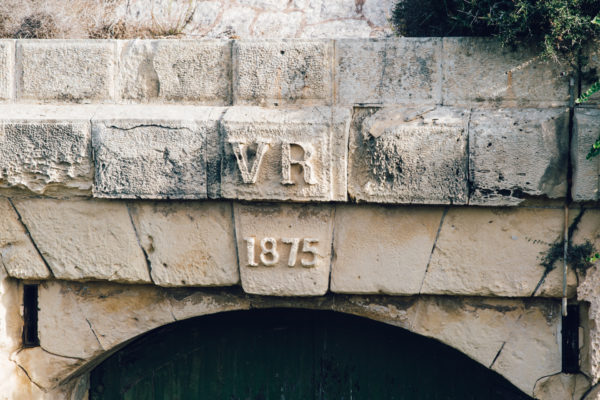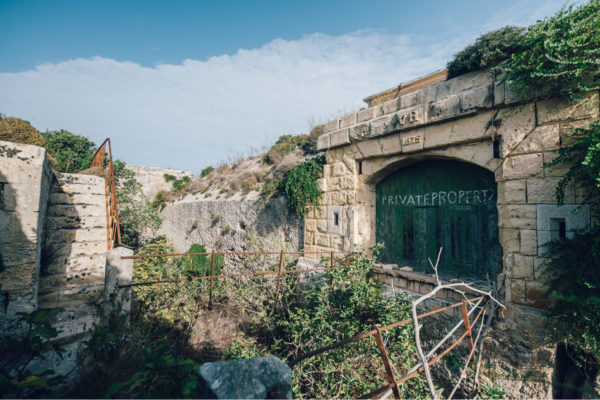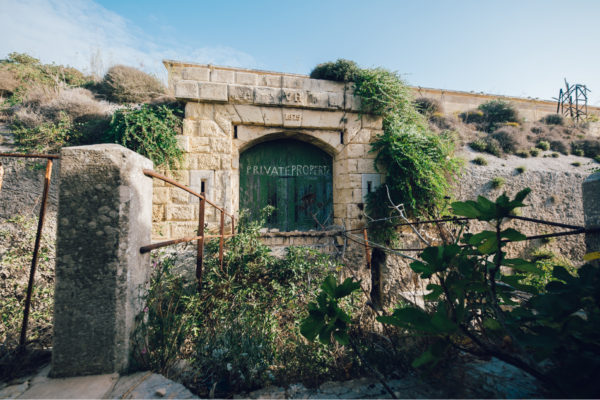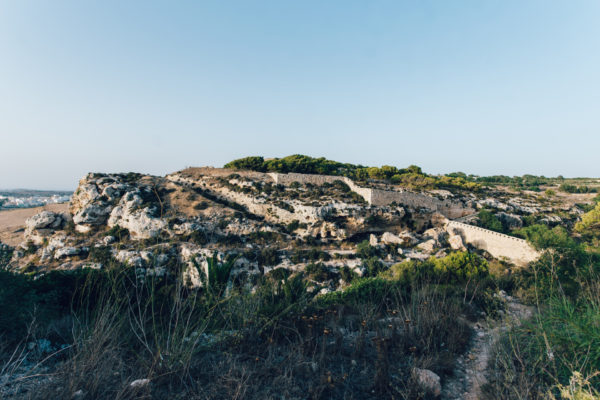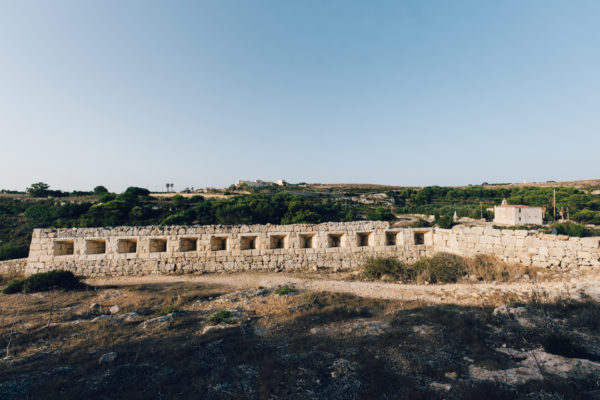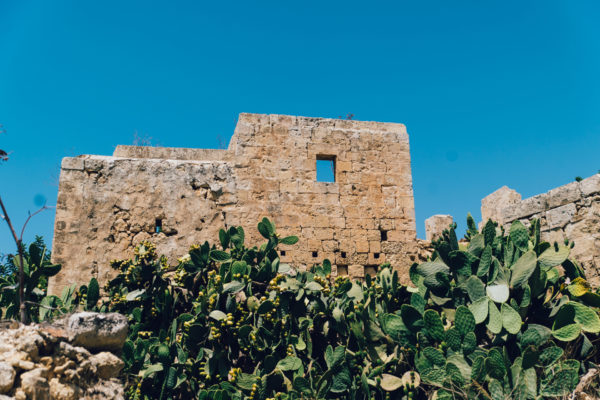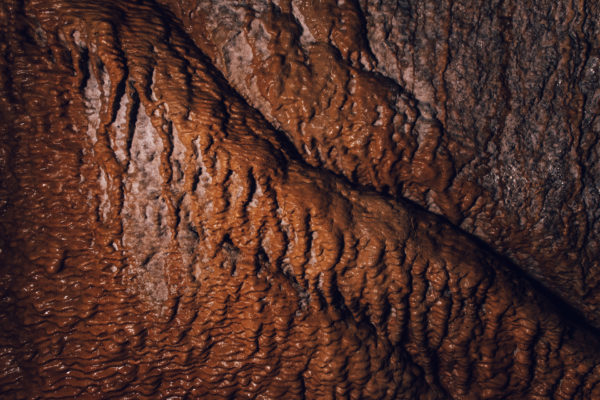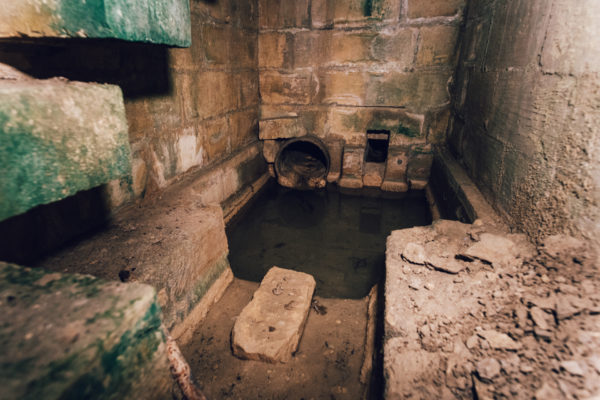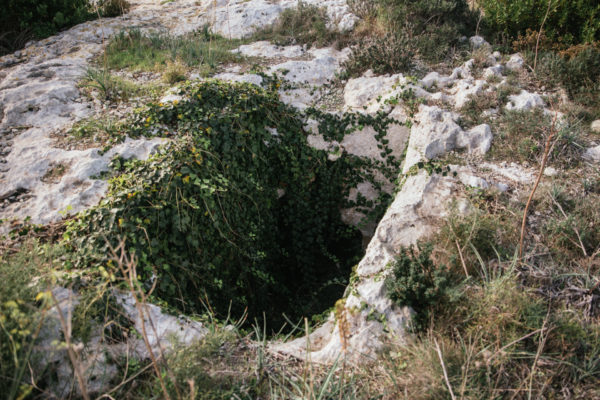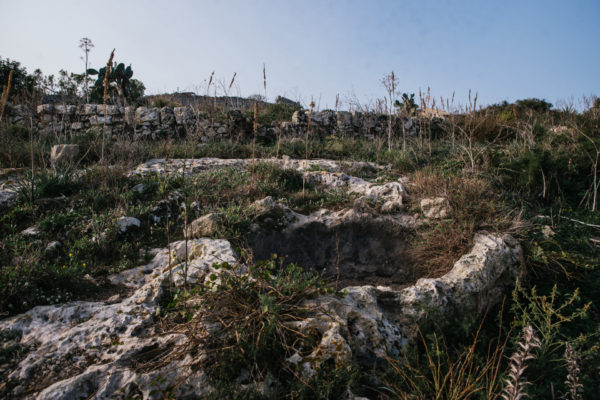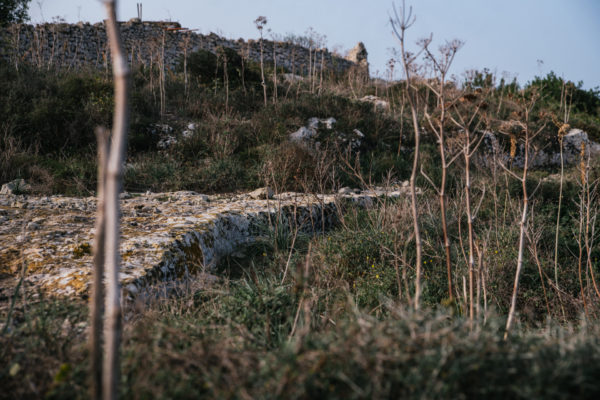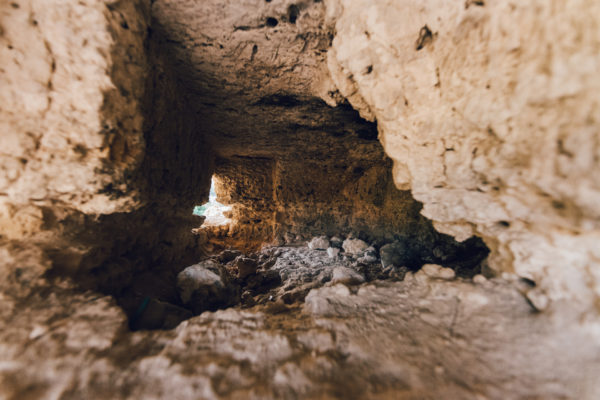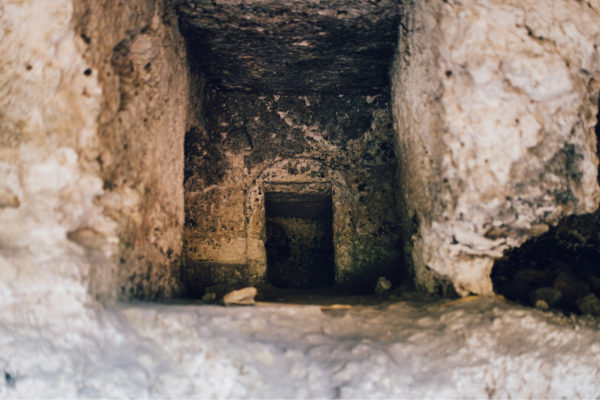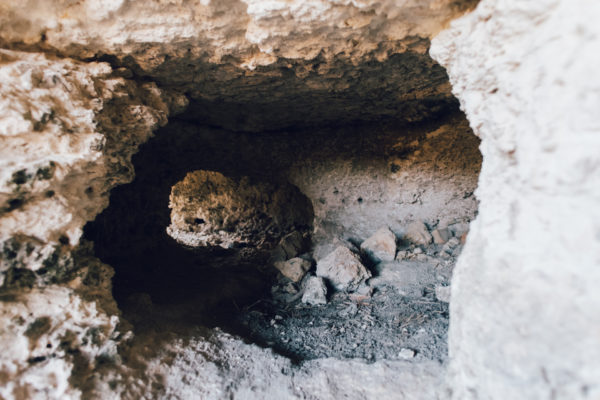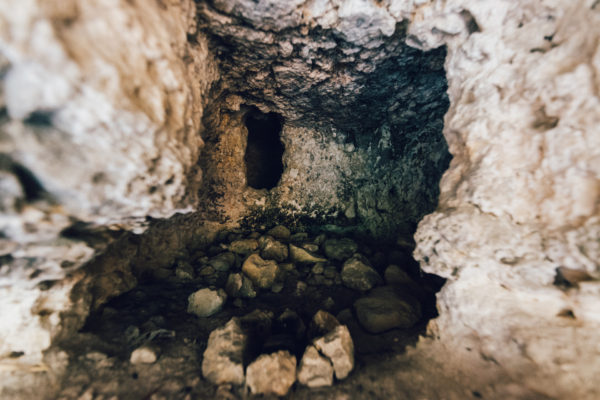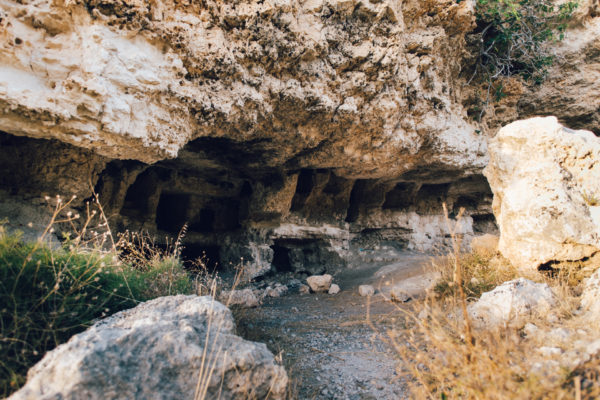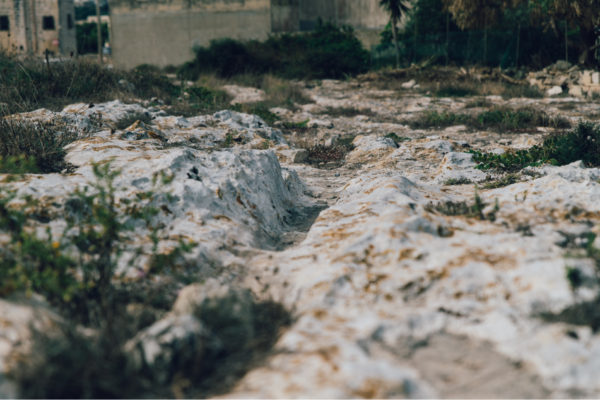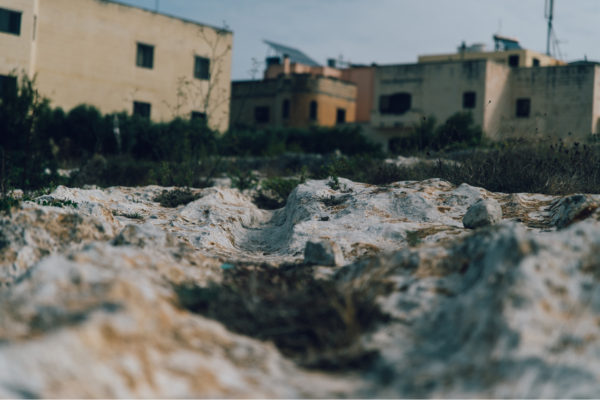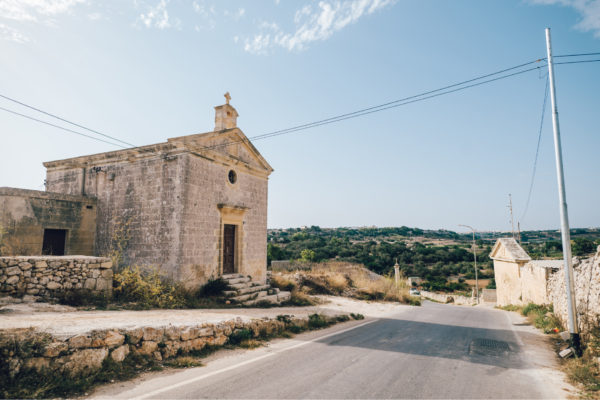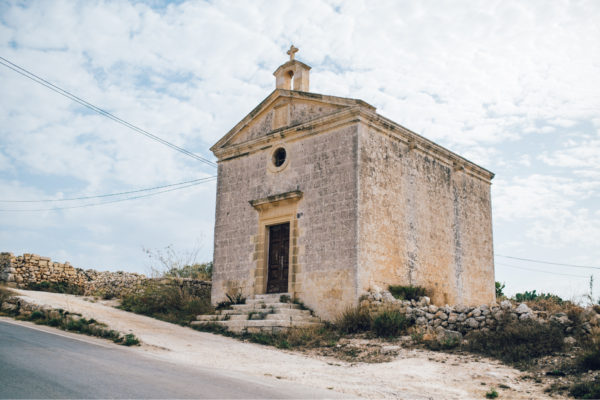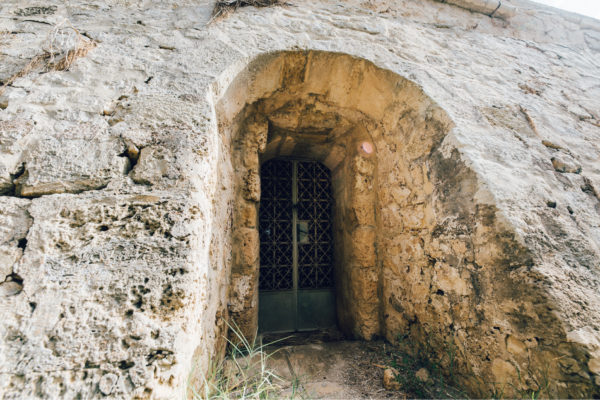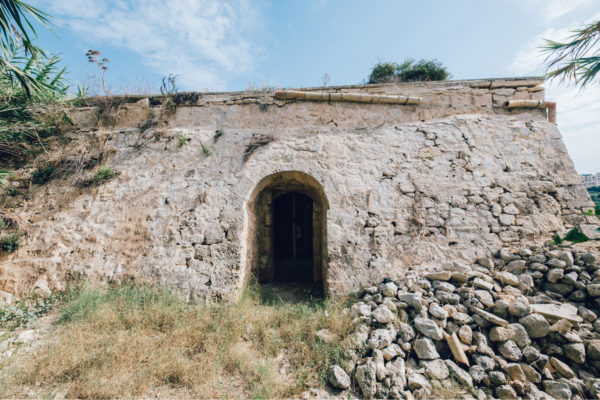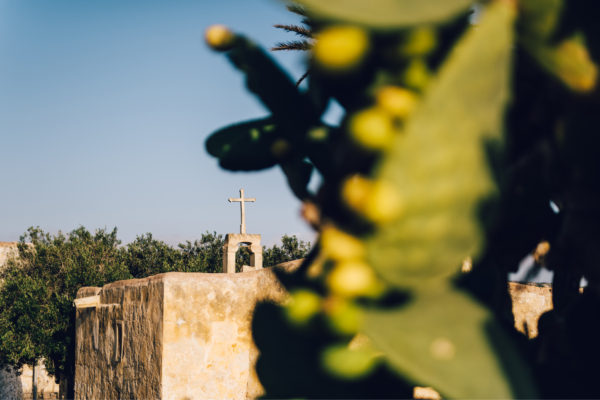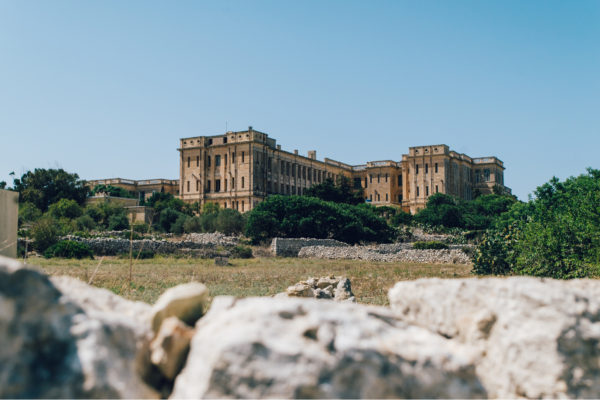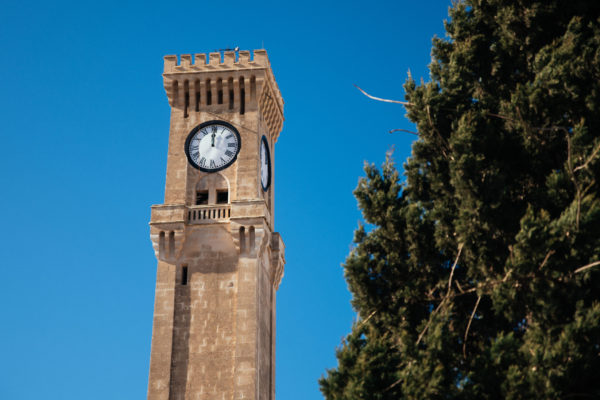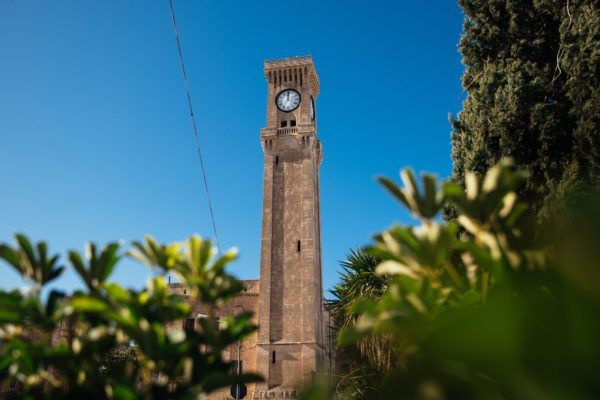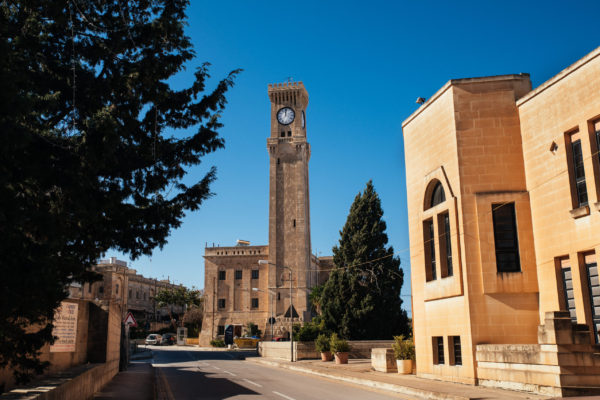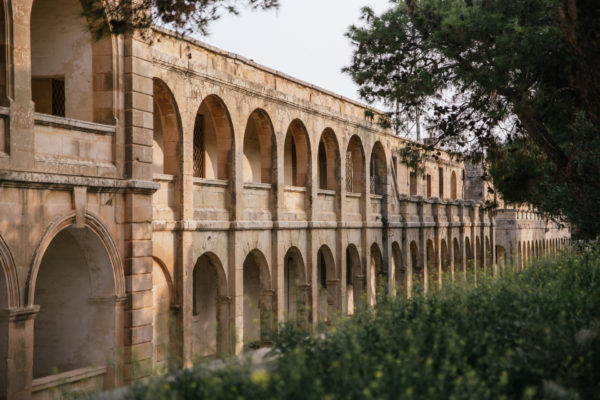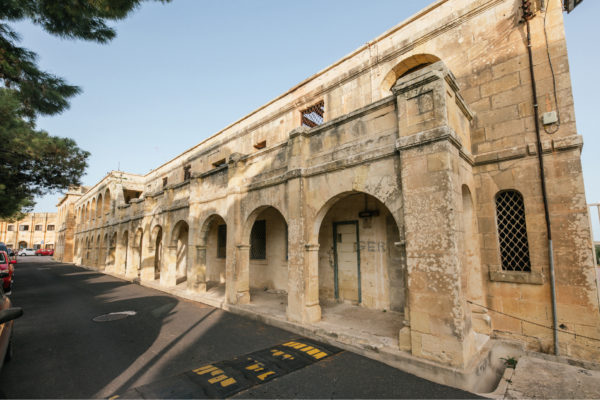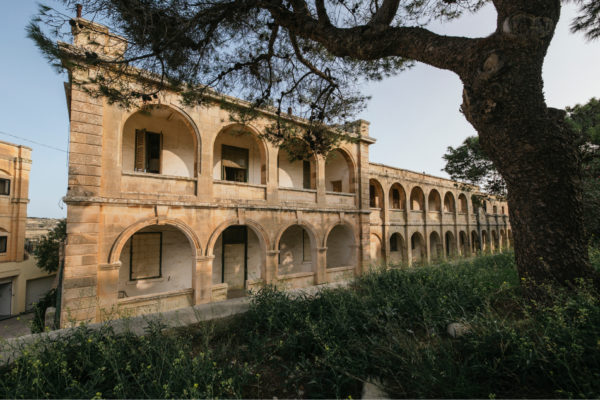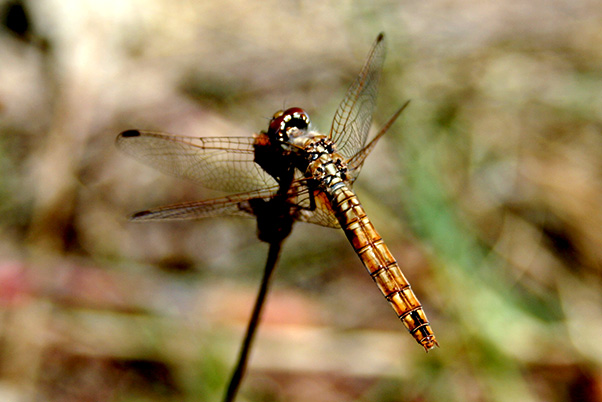
Dragonflies start their life under water as a larva. So it is not surprising that one meets a number of dragonflies along Chadwick Lakes.
One of such dragonflies is the Violet dropwing. It is a new addition to the list of dragonflies recorded in the Maltese Islands. In fact it was first observed in 2005, and recorded breeding in 2007. One can see it with its lowered wings while perching on twigs by the waterside or on rocks in the sunshine. It is a common dragonfly whih can be seen during April to December.
The Violet dropwing is a robust medium-sized dragonfly 30 m- 38 mm in length, with a 40-70 mm wingspan. The male’s abdomen is somewhat broad, pinkish-violet in colour. It has red veins on its wings, with conspicuous red eyes and black legs.
The female is the same size of the male with an abdomen that is yellow with dark brown markings. It also has red eyes. But the female lacks the red veins on its wings.
The female deposits the eggs by flying and dipping the tip of the abdomen in the water, closely guarded by the male. After about 10 days, the eggs hatch into larvae. These are very aggressive predators and they rapidly develop underwater by eating tadpoles and other aquatic insects. As they grow they change their outer skin. When they have grown enough and are ready to change into an adult dragonfly, they crawl out of the surface of the water and climb onto something on which they can hold firmly. Here the outer skin splits behind the head, and the adult dragonfly slowly pulls itself out of its outer skin. When it emerges it unfurls its wings and rests to dry itself. Eventually it flies away from its empty skin (exuvia) which it leaves behind.
Dragonflies are predators and they hunt their prey with the help of their excellent eyesight and hold and carry in their legs.
Cettis’ warblers feed mainly on insects, though they take other invertebrates such as spiders and small snails.
Cetti’s warbler is protected by the EU Bird Directive and by local legislation. It is listed as locally endangered in the Maltese Red Data Book.

